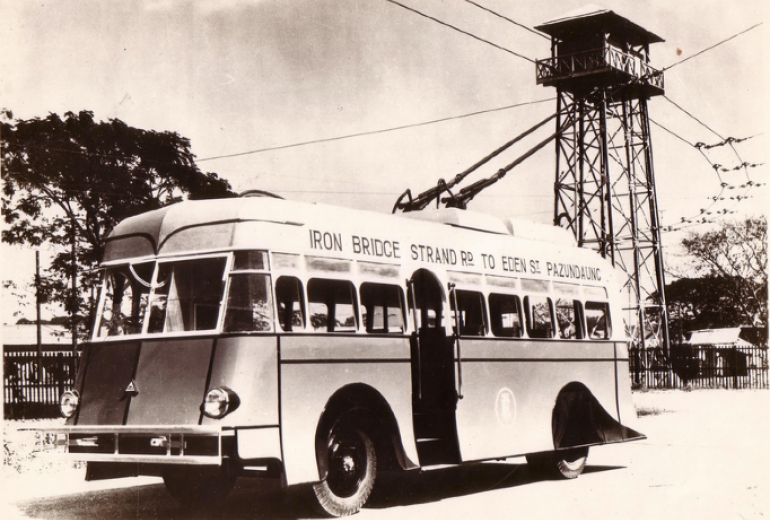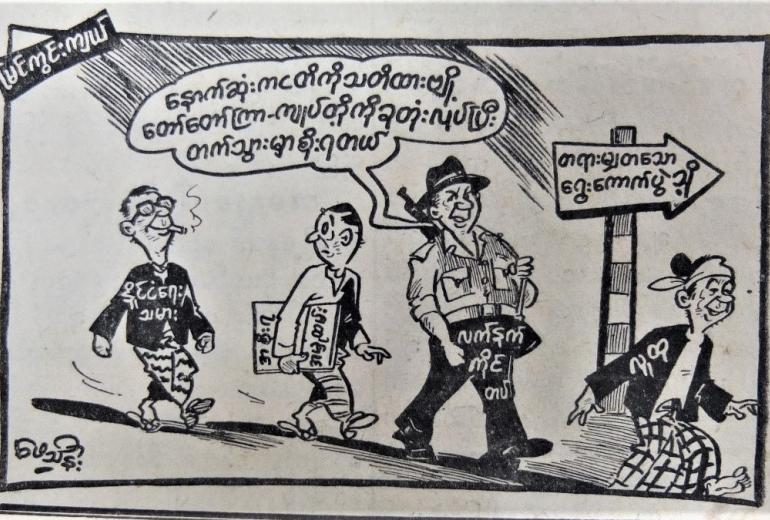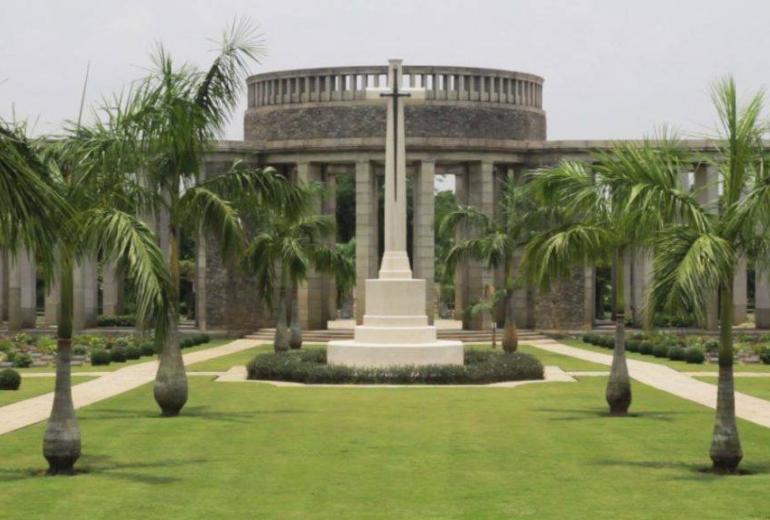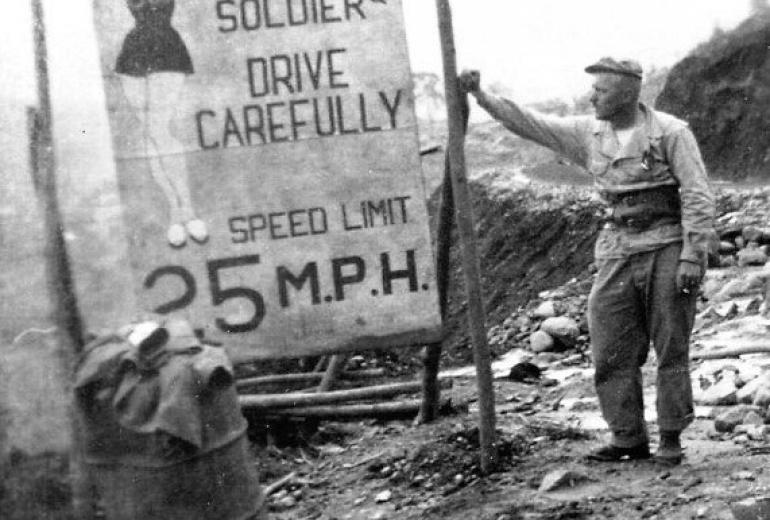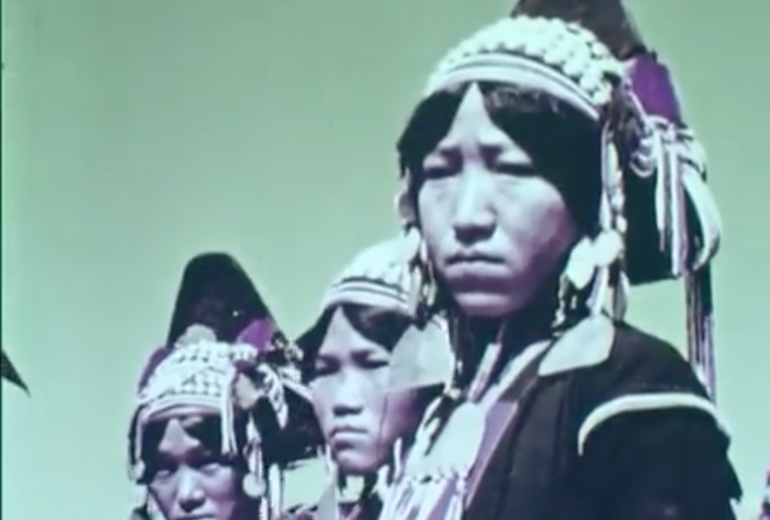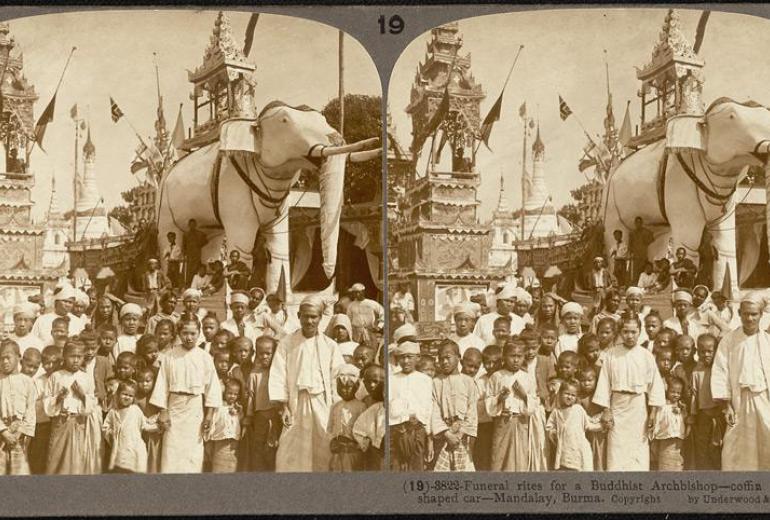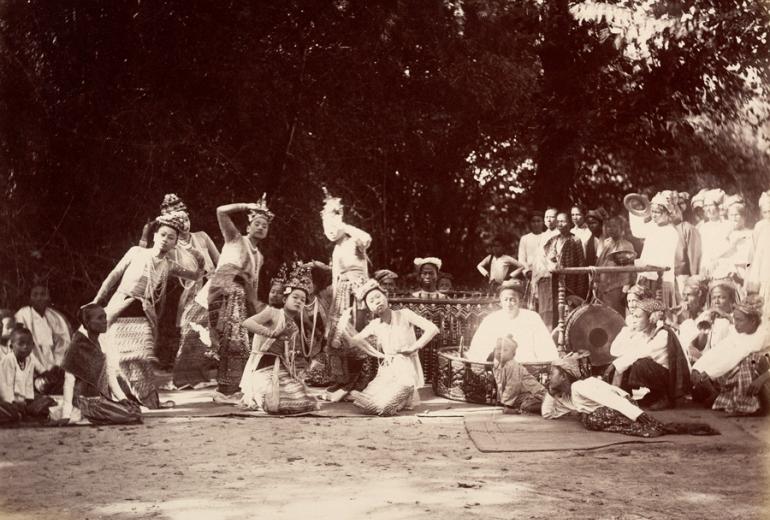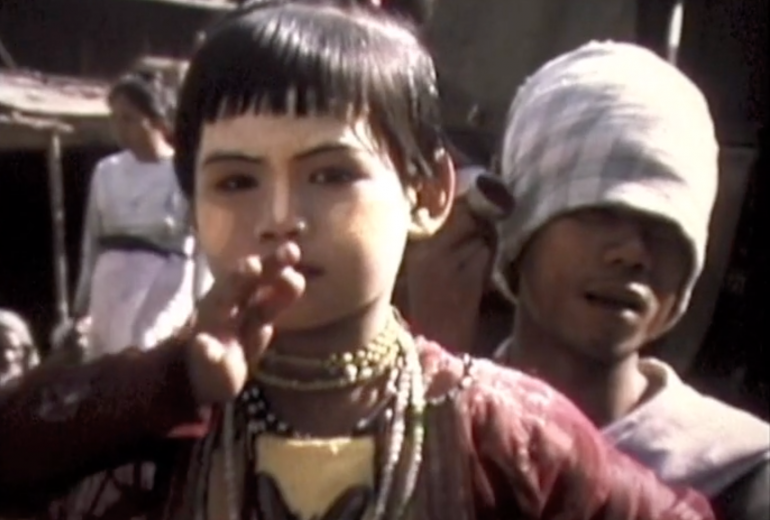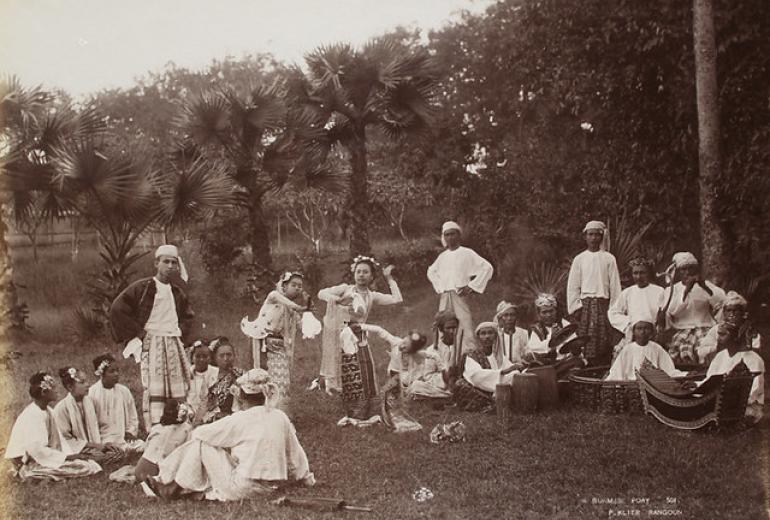Heritage
Check out Shwedagon Pagoda, Scott Market, and Strand Hotel back in 1935.
Twelve cartoons that give insights into the political discourse of post-independence Burma until Gen Ne Win's 1962 military coup.
A British military historian will lead a World War Two-themed tour around Myanmar in March 2020.
If you think driving around Yangon is a struggle, try this road.
Filmed shortly after Burma threw off the colonial yolk and gained independence in 1948, an American educational video on the nation ends on an optimistic note.
This 19th-century technique whisked observers away to Burma, a place many could barely imagine, let alone visit.
The theatrical tradition of music, dance and drama known as pwe survives in Myanmar to this day.
A glimpse at Inle Lake, Taunggyi, Mandalay and life on the banks of the Irrawaddy River almost a century ago.
German photographer Philip Adolphe Klier left us a fascinating insight into Burma at the beginning of the 20th century.

